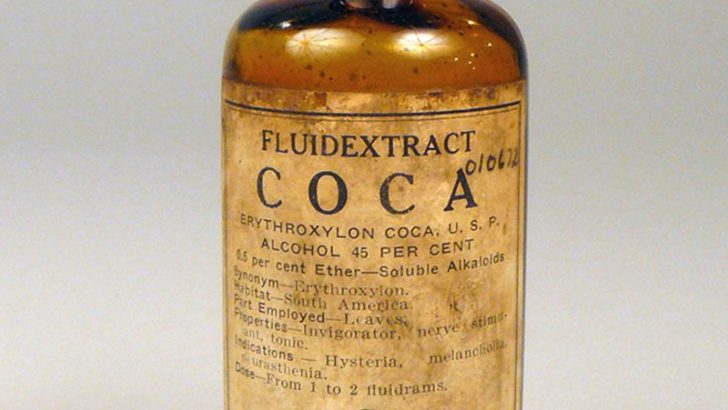The passage of time brings about significant changes in societal norms and legal standards. What was once commonplace and accepted as a part of everyday life may now be considered illegal due to evolving ethical considerations and improved understanding of human rights. Here, we explore 15 things that used to be common in the past but are now illegal, shedding light on society’s journey towards greater justice and protection for all.
1. Child Labor
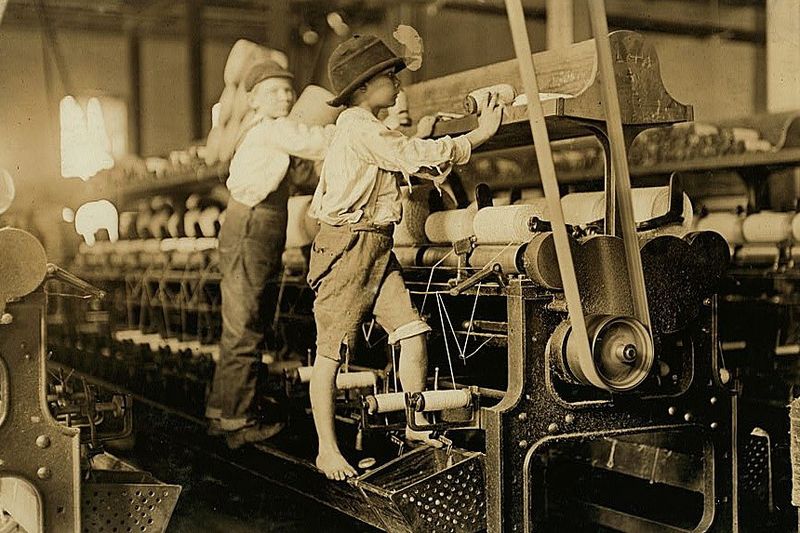
Once upon a time, the sounds of children working in factories and mines were as common as birds chirping in the morning. These young souls were seen as inexpensive labor, their tiny hands reaching places adults couldn’t. Child labor laws were non-existent, and it was normal for children to work long hours under harsh conditions.
The Industrial Revolution fueled this practice, with children operating dangerous machinery. It was the tireless efforts of reformers that eventually led to the outlawing of child labor, recognizing the need for education and play in a child’s development.
Today, most countries strictly prohibit child labor, ensuring that children have a chance at a happy, healthy childhood.
2. Public Executions

Gather around, folks! There was a time when public executions were the main event, drawing crowds eager for grim entertainment. This macabre practice was intended as a stark warning to others, underscoring the consequences of crime.
Executions were carried out in town squares, with the public watching in rapt attention. Over time, society recognized the barbarity and inhumanity of such spectacles.
By the 19th century, many places had abolished public executions, opting for more private proceedings. Today, they are banned in most parts of the world, reflecting a shift towards dignity and human rights.
3. Dueling
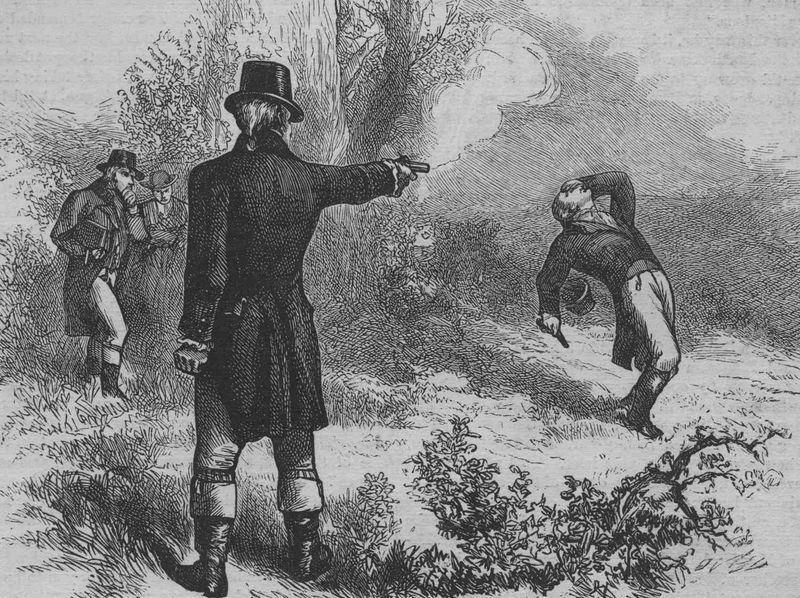
Pistols at dawn! Dueling, once the gentleman’s method of resolving disputes, was all the rage among the upper echelons of society. It was a matter of honor to confront one’s rival in a duel, often resulting in deadly outcomes.
The rules were clear, and seconds were appointed to ensure fairness. Despite its romantic portrayal in literature, dueling was a danger to public safety and often illegal.
Gradually, it fell out of favor, with laws being enacted to prohibit it. Today, dueling is largely banned, remembered only in novels and films as a relic of a bygone era.
4. Smoking in Public Buildings

Picture the scene—an office filled with a haze of smoke, colleagues puffing away as they work. Smoking indoors was once as common as coffee breaks, a staple of office culture.
The health risks associated with secondhand smoke were not widely recognized, allowing tobacco’s smoky tendrils to infiltrate public spaces. However, science eventually caught up, revealing the dangers of smoking.
Public health campaigns and strict regulations were introduced, making indoor smoking a thing of the past. Today, many countries have laws that forbid smoking in public buildings, prioritizing clean air and public health.
5. Cocaine in Medicine
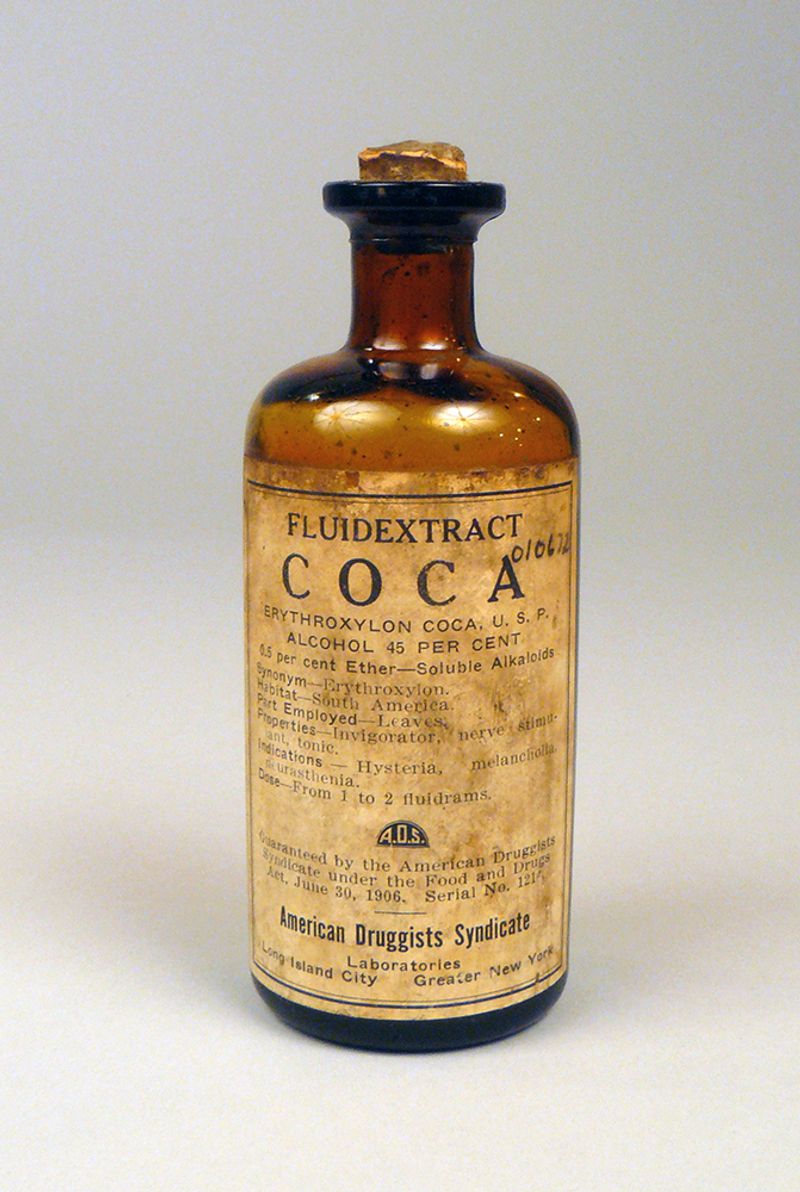
Cocaine as a cure-all? In the late 19th and early 20th centuries, this potent drug was hailed for its medicinal properties. Doctors prescribed it for everything from toothaches to depression, unaware of its addictive nature.
Even iconic brands like Coca-Cola once included cocaine in their recipes, adding a literal buzz to the beverage.
As awareness of its harmful effects grew, cocaine was gradually removed from medical practice and consumer products. Today, its use is highly regulated, and it’s recognized for its potential to cause addiction and harm rather than healing.
6. Radium in Consumer Products
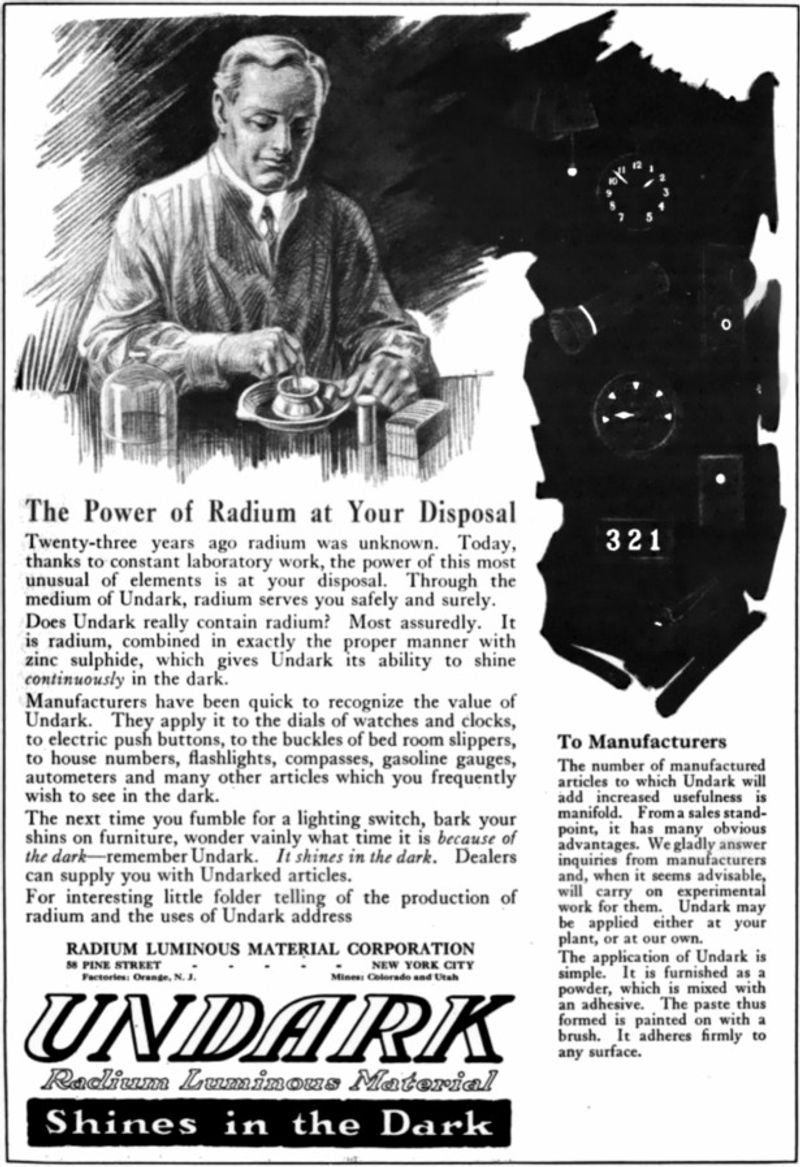
Glow in the dark with radium! This radioactive element was once the darling of the consumer market. From beauty creams to clock faces, radium was touted for its luminous properties. The dangers of radiation exposure were not well understood, leading to widespread use.
The tragic fate of the ‘Radium Girls,’ factory workers who fell ill from handling radium, highlighted its deadly effects.
As public awareness grew, radium was banned from consumer products, marking a pivotal moment in occupational health and safety. Today, radium is a cautionary tale of unchecked industrial enthusiasm.
7. Lead Paint
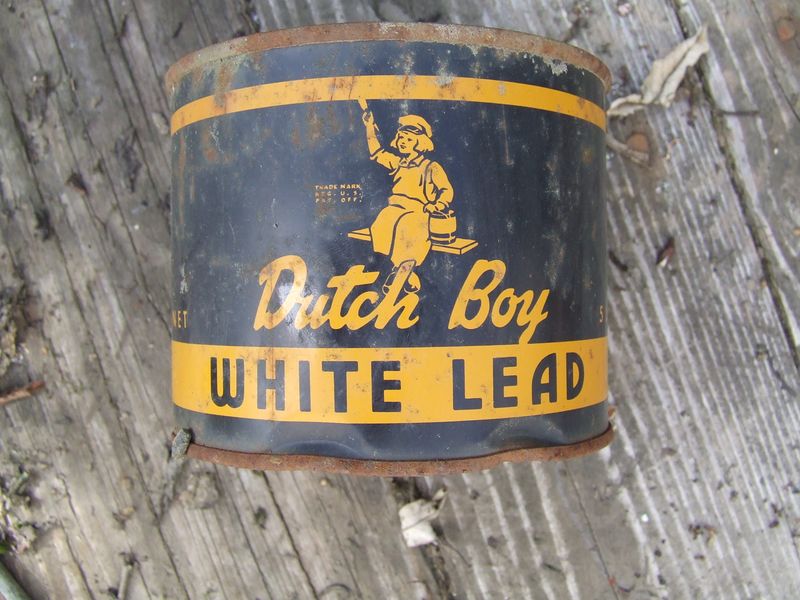
A splash of color with a side of poison? Lead-based paint was once prized for its durability and vibrant hues. Homes, toys, and furniture were adorned with this toxic coating, unaware of the health risks it posed.
Children were particularly vulnerable, with lead poisoning leading to severe developmental issues. As scientific understanding advanced, the dangers of lead became apparent, prompting bans in many regions.
Today, lead paint is outlawed in most places, replaced by safer alternatives. The legacy of lead paint serves as a reminder of the importance of protecting public health through regulation.
8. Human Zoos
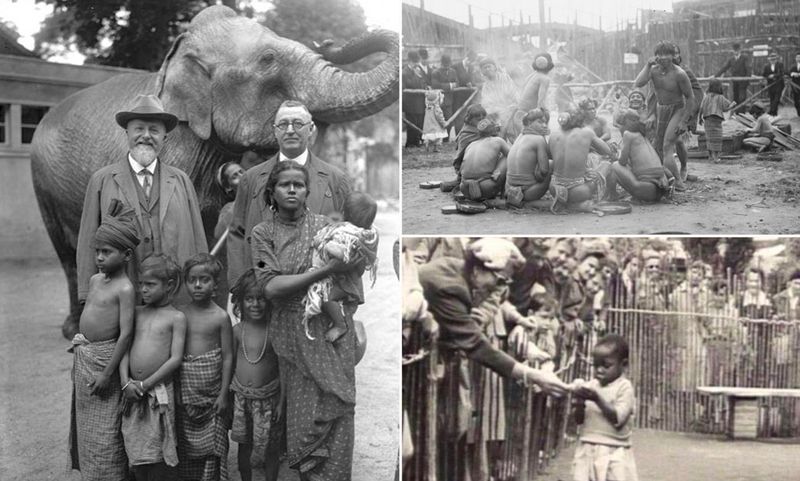
Imagine being placed in a cage for others to gawk at—such was the reality of human zoos. Popular in the 19th and early 20th centuries, these exhibits displayed people from colonized regions as curiosities, reinforcing racist stereotypes.
Often presented at world fairs, human zoos dehumanized their participants, treating them as objects rather than individuals with dignity.
As attitudes towards race and colonization evolved, human zoos became indefensible. Today, they are condemned as racist and inhumane, a stark reminder of the prejudices of the past.
9. Asbestos in Construction

Once hailed as a miracle mineral for its fire-resistant properties, asbestos was widely used in construction. From insulation to roofing, it seemed to be the perfect material.
However, prolonged exposure led to devastating health effects, including cancer and asbestosis. The plight of affected workers and their families spurred advocacy for safer practices.
Asbestos is now banned in many countries, replaced by safer alternatives. The story of asbestos serves as a cautionary tale of industrial safety, highlighting the need for rigorous health standards in the workplace.
10. Lobotomies
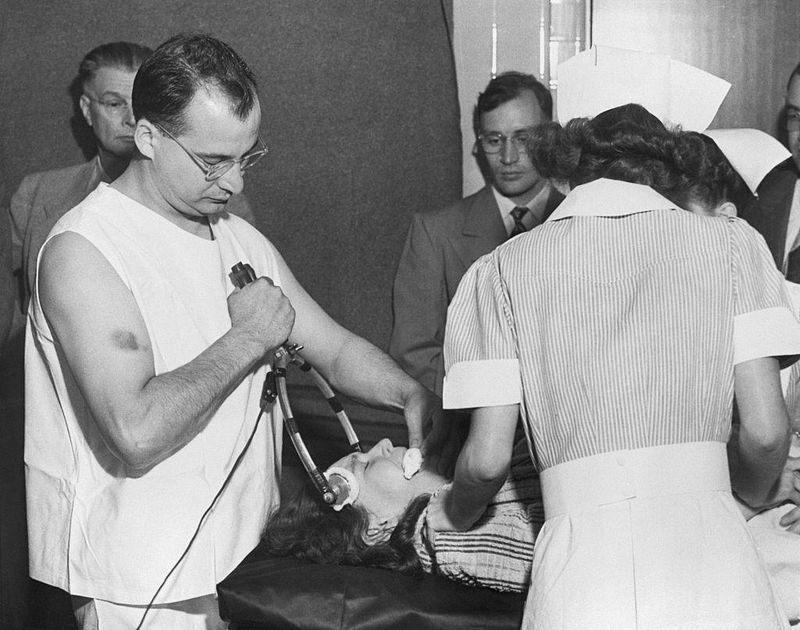
In the quest to treat mental illness, lobotomies emerged as a radical solution in the mid-20th century. This surgical procedure involved severing connections in the brain’s prefrontal lobe, often resulting in profound personality changes.
Initially praised for its simplicity and efficacy, it was later criticized for its ethical shortcomings and lack of scientific basis.
The development of better psychiatric medications and therapies rendered lobotomies obsolete. Today, they are banned in most places, a chilling reminder of past medical practices. The legacy of lobotomies highlights the importance of ethical standards in medical treatments.
11. Opium Dens
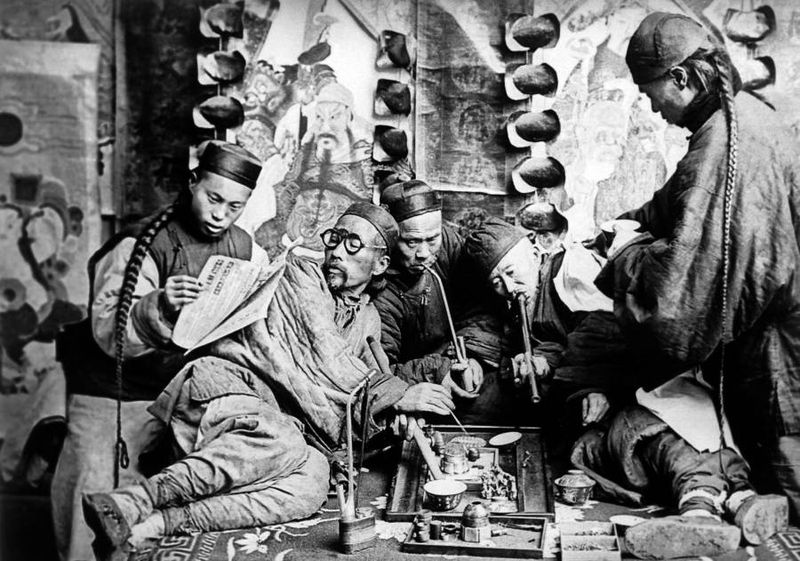
Once the haunt of poets and dreamers, opium dens offered an escape into a world of dreams. These establishments flourished in the 19th and early 20th centuries, with opium smoking being a popular pastime.
However, the addictive nature of opium soon became apparent, leading to widespread health and social issues.
As awareness grew, governments began to crack down on opium dens, outlawing them in favor of more regulated forms of substance use. Today, opium dens are a relic of the past, often depicted in art and literature as symbols of decadence and decline.
12. Horse-Drawn Carriages as Taxis
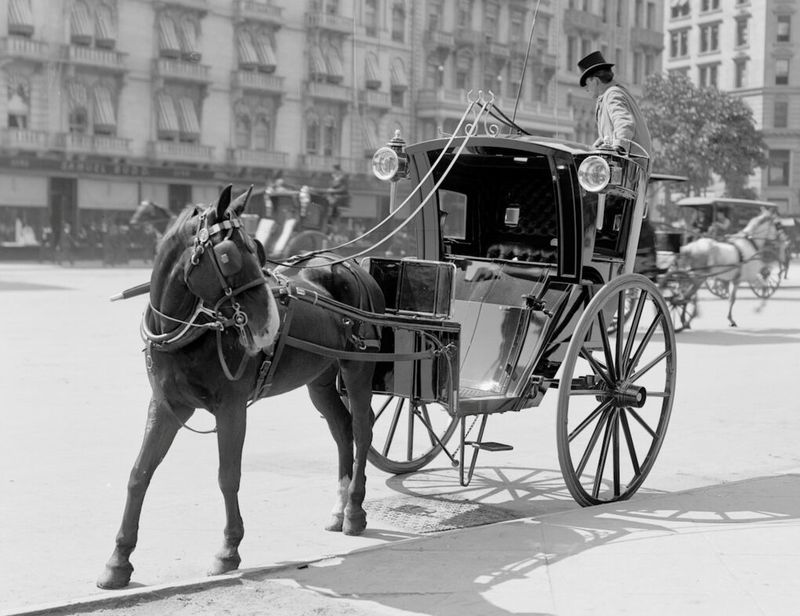
Clip-clop went the sound of horse-drawn carriages, once the primary mode of urban transportation. These carriages served as taxis, ferrying passengers through bustling city streets.
However, the rise of the automobile brought significant changes. Traffic congestion and waste from the horses posed serious public health concerns.
Gradually, horse-drawn taxis disappeared from the streets, replaced by cars. Today, they are mostly seen as novelty rides or in historical reenactments, a charming nod to a simpler time. The shift to motor vehicles transformed urban life, paving the way for modern transportation infrastructure.
13. Bloodletting
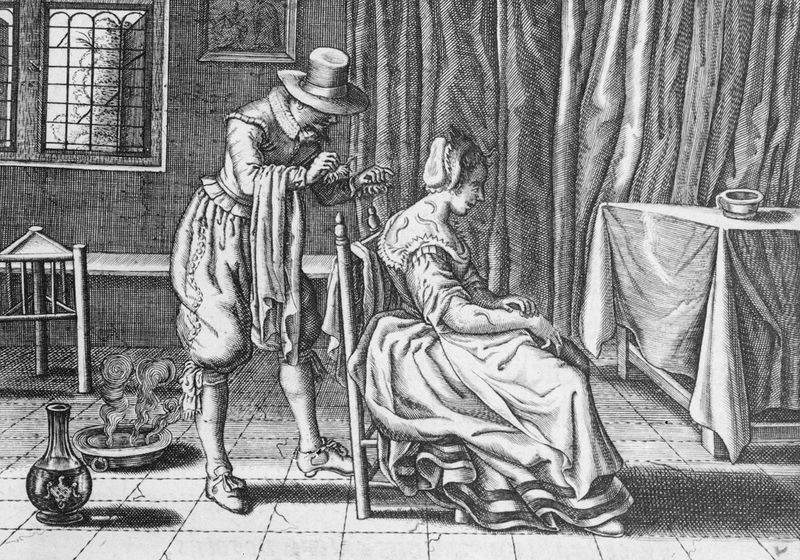
The practice of bloodletting, once a staple of medical treatment, was based on the belief that illnesses were caused by an imbalance of bodily fluids. Doctors used leeches or lancets to draw blood, aiming to restore balance and health.
For centuries, this procedure was the go-to remedy for various ailments, despite its questionable efficacy.
As medical science advanced, bloodletting fell out of favor, replaced by more evidence-based treatments. Today, it is largely obsolete, remembered as one of history’s medical missteps. The decline of bloodletting underscores the progress made in understanding the human body and disease.
14. Eugenics Programs
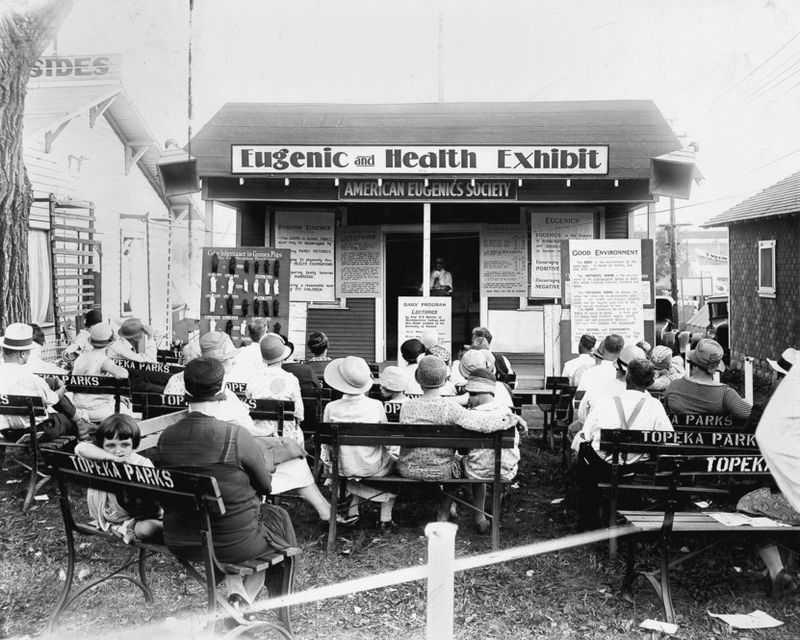
In the early 20th century, eugenics programs sought to improve the human race through selective breeding. Advocates believed they could eliminate undesirable traits, promoting ‘better’ genes.
This pseudoscience led to forced sterilizations and human rights abuses, targeting marginalized populations. The horrors of Nazi Germany’s eugenics policies revealed the dark potential of such ideologies.
Today, eugenics programs are widely condemned and illegal, serving as a cautionary tale of the dangers of pseudoscience and discrimination. The history of eugenics highlights the importance of respecting human rights and diversity.
15. Prohibition of Alcohol
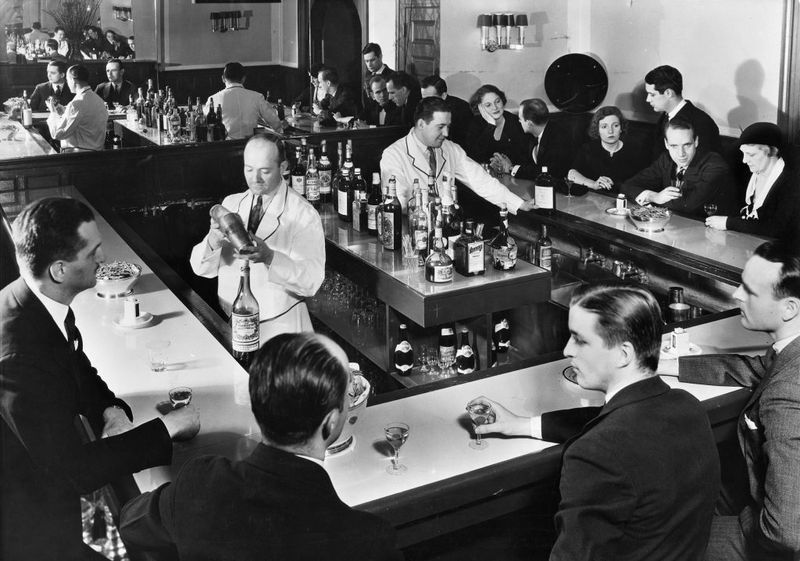
The era of Prohibition in the United States (1920-1933) was marked by the outlawing of alcohol, with the aim of curbing social ills. However, it led to the rise of speakeasies and bootlegging, as people sought to quench their thirst illicitly.
Organized crime flourished, with figures like Al Capone becoming household names. Public sentiment eventually shifted, recognizing that prohibition was ineffective.
The 21st Amendment repealed the ban, highlighting the complexities of legislating morality. Today, the era is often romanticized in popular culture, remembered for its jazz, flappers, and illicit cocktails.
Hi all, I am Sidney, an accountant, a hobbyist photographer, and a mother to two sweet girls who are my motivation. I love sharing the tips and tricks I gained all these years I’ve been a mother. I hope it will help you!

